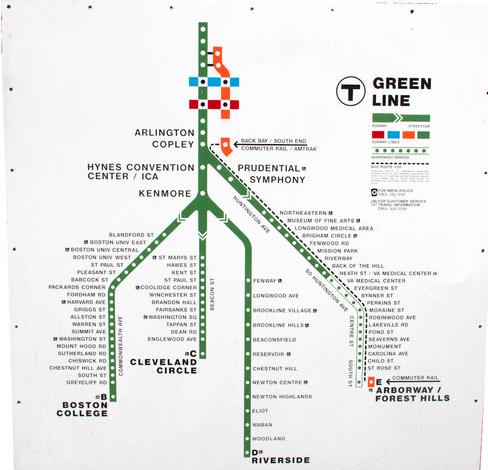I appreciate your perfectly reasonable response, which also didn't contain any unnecessary swipes at the media.

So about SmartTrack...
There's so much to be said that it could fill an entire book, but here's what I know. Basically it was inspired by a report from a consulting firm (Strategic Regional Research Associates) that devised a similar plan of their own which they dubbed the "Regional Relief Line". John Tory was handed the SRRA report by his developer friends (all of which donated to his campaign) who want to develop their lands, and they branded it SmartTrack. Steve Munro slammed this shoddy report in an
article. For one they relied on outdated google maps images and predicted that the downtown office marked was dead, that all the new growth would come to the suburbs in areas that (surprise!) SmartTrack would serve. But guess what, after the election that same firm was hired to prepare population and employment forecasts for SmartTrack.
Moving on, we also know who were some of the people who put SmartTrack together.
-
John Duffy: political strategist, Tory campaign policy chair, also worked on the prov Liberal leadership campaign of Glen Murray (former transportation minister) and Kathleen Wynne
-
Iain Dobson: cofounder of SRRA, acquainted with Duffy, a Metrolinx board member, a well-connected commercial real estate executive
-
Anne Golden: also a Metrolinx board member
-
Glenn Miller: has connections to SRRA
-
Eric Miller: U of T professor and close ally of John Tory. During the election he gave SmartTrack an "A+" in a CBC interview, wrote op-eds promoting ST while disparaging the relief line, and dismissed criticisms as "politically motivated". After the election he sat on Tory's transition team, and later was awarded a contract to study ST.
We also know that a few of Tory political allies, former campaign staff and city hall lobbyists formed a group called Friends & Allies of SmartTrack. It's purpose was to lobby councillors and "educate the public" about ST using mostly recycled campaign material. The amount of lies and alternative facts they produced might even rival the Scarborough subway.
Take a look, it's truly amazing. I also highly recommend this
excellent takedown written by UT moderator Sean Marshall, which thoroughly demolished all of their talking points and exposes the people involved.
We also know that developer First Gulf has ambitious development plans for the Unilever site, which will have a SmartTrack station. A major development like this is critical for the success of Tax Increment Financing which was supposed to pay for SmartTrack without raising taxes. But aside from ST, the Gardiner East plans were another important piece in enabling this development. First Gulf's preference was to maintain the highway as long as the off-ramp is relocated away from their land. This went on to become the Gardiner Hybrid proposal which they introduced during the election and convinced the city to study. Later, city staff strongly recommended to tear it down but Tory instead fought aggressively for the First Gulf hybrid proposal. After the city's report came out, Eric Miller (along with involvement from the car industry and business interests) produced a competing report claiming a much longer vehicular delay for the teardown option, based on different parameters that were not actually in the plan in front of council. Tory & allies ran with that report anyway and used it to sway the divided council in his favour. While Tory's talking points were mostly on traffic flow, I have little doubt that SmartTrack and First Gulf also factored into this all along.
So to summarize, sole-sourced consulting contracts were awarded to non-independent consultants that Tory selected. It went to people who were the architects of SmartTrack, who have publicly praised it during the campaign, who have ties to developers and politicians. This whole thing stinks to high heaven and appeared to be driven entirely by lobbyists, developers and political forces. SmartTrack was never about relieving the subway, it was a real estate development scheme designed to enable commercial development outside of the city, and somehow it became the job of Toronto taxpayers to shell out the money to do that.
For all the time and resources that have gone into SmartTrack, there is a long list of planned transit projects that have long been on the books and badly needed, but have not been afforded any attention by the Mayor's office. He could have picked any number of these projects to build, and all those meetings with Harper, Wynne, Trudeau could have secured funding for some of them. Much like SSE, what has ensued to this day was a stunning display of indifference to facts, pipe dream financing and technical assumptions, and cavalier dismissal of any critic that dared to question SmartTrack. Still, no one knows for sure what the final version of SmartTrack will actually be. But nevertheless it has changed the course of Toronto's transit planning, influenced the relief line and SSE alignment, put us on the hook for what is essentially a provincial infrastructure project, and is competing for scarce transit funding that should be put to better use.
I'll conclude with this succinct quote from Royson James: "
Rarely has a Toronto mayor promoted a transit project with such glee, vigour and surety - minus even a modicum of evidence that the line is needed, will attract riders and fit with other planned projects."





